Regardless of what an animal looks like when it is all grown up, everyone can agree that baby animals are just plain cute. Baby dogs, called “puppies,” and baby cats, called “kittens,” are abundant in our everyday lives. Let’s take a look at some of the cutest baby animals nature has blessed us with.
1. Baby Giraffe
A baby giraffe is called a “calf,” and in spite of its long, spindly legs, it will be able to stand on his own within half an hour of being born, and will be running with his mother just 10 hours later! Giraffes are endangered, which means that every baby giraffe is a boon to the world’s giraffe population. And, of course, baby giraffes are just plain cute.
2. Baby Elephant
Having spent between 1.5 and 2 years developing inside it’s mother’s womb, the baby elephant comes into the world weighing a whopping 250 lbs. (113 kg), and measures about 3 feet tall. Baby elephants drink milk from their mothers for the first two years or so, drinking as much as 3 gallons a day.
3. Baby Orangutan
The baby orangutan is, in many ways, like a human baby – born with scrunched face, and wrinkled hands and feet. In fact, the orangutan shares nearly 97% of its DNA with humans! Although the orangutan is commonly seen in zoos, the species is actually endangered.
4. Baby Hedgehog
Baby hedgehogs are sometimes called “hoglets,” but they’re always called cute! Newborn baby hedgehogs are pale pink and bare. Their quills (prickly spines) begin to show very soon after birth, and they continue to grow, as their fur comes in, over the next few weeks.
5. Baby Duck
Baby ducks are called “ducklings,” and their covering of yellow fuzz makes them simply adorable. Baby ducks can’t swim until their feathers come in, when they are 8-10 weeks old. Until that time, they are kept warm and safe by their mothers.
6. Baby Deer
The baby deer, called a “fawn,” has spots to keep him hidden while in the brush and trees. Many people who see fawns alone assume it has been orphaned, but the truth is, their mothers leave them alone for short periods of time, while they hunt. Deer are very careful not to lead hunters back to their babies.
7. Baby Cat (Kitten)
Baby cats are called “kittens,” and these fuzzy critters worm their way into the hearts of humans the world over. Kittens seem to have no end to their energetic play. Baby cats sleep around 18 hours each day, saving up all that stored energy for fun and games.
8. Baby Panda
Baby pandas are among the smallest babies born in the animal kingdom. Each panda cub weighs only about 3 ounces (100 grams), and is gently carried around in its mother’s arms or mouth.
9. Baby Sheep
Called “lambs,” baby sheep make the same “baaa” sound that their parents make, only cuter! Baby sheep are the subject of the popular nursery rhyme, “Mary Had a Little Lamb.”
10. Baby Seal
A baby seal is called a “pup.” Seal pups can swim almost immediately after birth, and by the time he is two days old, baby seal can hold his breath under water for two whole minutes.
11. Baby Rabbit
It is quite difficult to not get the warm and fuzzies over baby rabbits, which are called “kits.” Bunny rabbits are born bald, but their super-soft fur begins to appear within days.
12. Baby Pig
A baby pig, called a “piglet,” weighs about 3 lbs. (1.5 kg) at birth, but quickly begins putting on weight. In spite of the pig’s reputation as being “dirty” animals, they are actually quite clean. The reputation comes from the pig’s habit of rolling in mud to keep cool!
13. Baby Fox
The baby fox is called either a “pup,” a “kit,” or a “cub.” Although the fox is a member of the dog family, it is the only member of that family that can retract its claws, like cats do. The baby fox, and their parents, of course, has another cat trait – vertical pupils.
14. Baby Horse
The baby horse has a different name, depending on its gender. A female baby horse is called a “filly,” and a male baby horse is called a “colt.” A baby horse of either gender can be called a “foal.” A foal is born with spindly legs, yet, with a number of practice runs, and the help of its mother, it can stand within about 30 minutes of birth.
15. Baby Skunk
Baby skunks are called “kits.” Although skunks have a reputation for spraying stinky musk in self defense, the baby skunk cannot do that until they are about a month old.
16. Baby Chinchilla
The baby chinchilla is called a “kit.” Baby chinchillas are born with fur, and weighing in at only about 1 ounce (35 grams). This South American rodent has such amazingly soft fur, it has been bred specifically for that fur.

17. Baby Penguin
Baby penguins, called “chicks,” must fight their way into the world by pecking away at the shells of their eggs. This process can take as many as three days, but once a baby penguin is hatched, it is well cared-for by its parents.
18. Baby Dog (Puppy)
Dogs come in all shapes and sizes, and no matter what type of dog people prefer, everyone loves puppies! Puppies play hard, pretending to be fierce, seemingly with endless energy. But puppies nap hard too – in fact, baby dogs sleep about 14 hours of every day.
19. Baby Polar Bear
Baby polar bear cubs come into the world weighing only about a pound, and with fur so fine it looks like they are bald. Mother polar bear keeps her tiny cubs well-protected inside her den until they are about 2-3 months old.
20. Baby Otter
Baby otters, called “pups,” are born weighing more than polar bear cubs, tipping the scales at a whopping 5 lbs. Baby otters are so playful, that their mothers are known to wrap them in kelp (sea weed), in order to keep them in one place while she hunts to feed the family.
21. Baby Donkey
The baby donkey, called a “foal,” is born into a family known to be very intelligent, and powerful. Baby donkeys are playful and affectionate, bonding not only with their fellow donkeys, but with their human handlers.
22. Baby Tiger
Tiger cubs are born into the world weighing just about 2 lbs. (1 kg), with a long way to go to their full growth at about 600 lbs. (270 kg). During that time, baby tigers learn to hunt, and practice their fierce growls.
23. Baby Lion
A baby lion may be called either a “cub,” a “whelp,” or a “lionet.” These cute cubs come into the world with a lot to learn in order to claim their position as “king of the jungle.”
24. Baby Cheetah
Cheetahs are known to be the fastest animals on land, and while baby cheetahs depend on their moms to protect and feed them, they are well on their way to becoming fierce predators. The baby cheetah follows his mom wherever she goes, and roughhouses with its siblings every chance it gets.
25. Baby Raccoon
Baby raccoons, called “kits,” or “cubs,” are kept safe in their dens until they are about three months old. At that time, they start foraging for themselves, often roaming away from their mothers for whole nights at a time.
26. Baby Llama
The baby llama has an unusual name, being called a “cria.” Baby llamas almost never have siblings, but they live in their family unit, or herd.
27. Baby Goat
Baby goats, called “kids,” are some of the cutest, most playful animals on the farm! A baby goat will zoom around the yard, jump on anything he can find (even the roof if he can get a boost!), and will taste-test just about anything.
27. Baby Opossum
The baby opossum is called a “joey,” and is born just the size of a jelly bean! The baby possum crawls into its mother’s pouch, where it stays, safe and warm, for about 100 days before venturing out into the world.
29. Baby Miniature Horse
Like it’s larger cousin, the baby miniature horse is called a “foal.” As adult miniature horses grow to be only about 3 feet tall, baby miniature horses are quite small indeed!
30. Baby Chimpanzee
The baby chimpanzee travels with its mother, clinging to her belly, until he’s about 6 months old. Much like human babies, they then spend about 10 years at mom’s side, learning how to use tools, build nests, and find food.
31. Baby Koala
Baby koalas, known as a “joeys,” cling to their mothers’ backs as they climb around in the eucalyptus trees that grow their favorite food. Koalas are not bears, as some people think, but marsupials. This means the baby koalas are carried in mom’s pouch until they are big enough to get piggy-back rides!

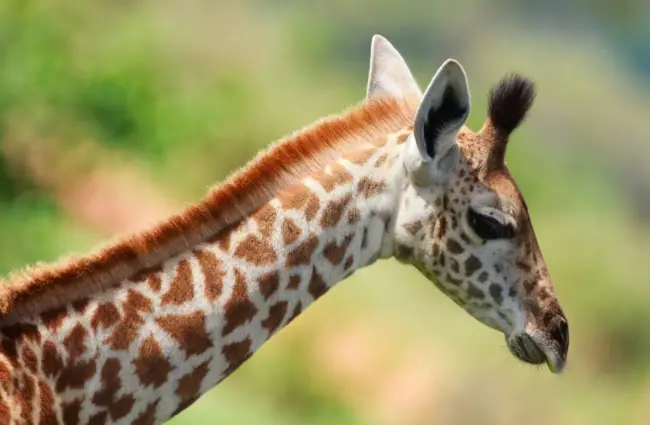
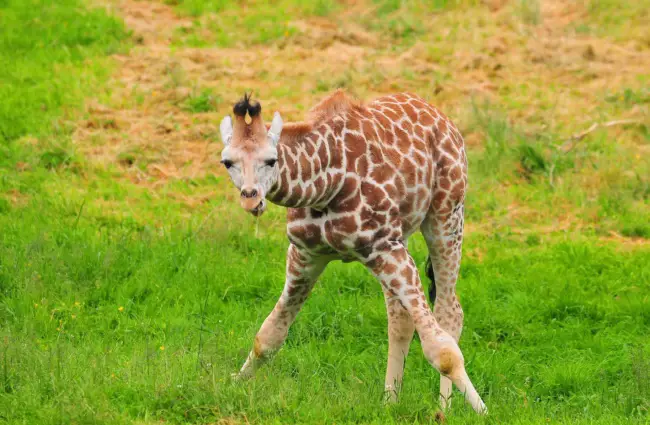
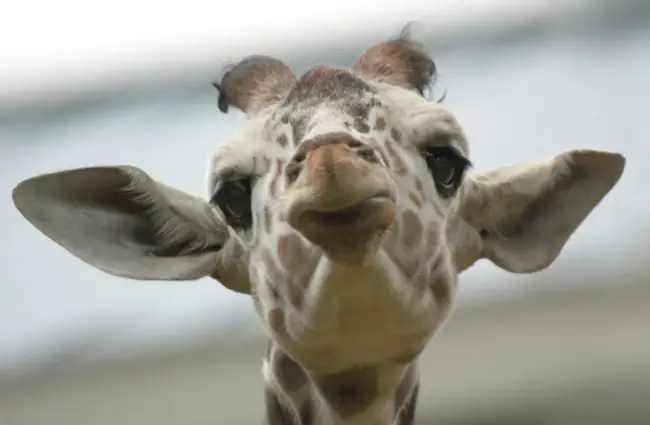
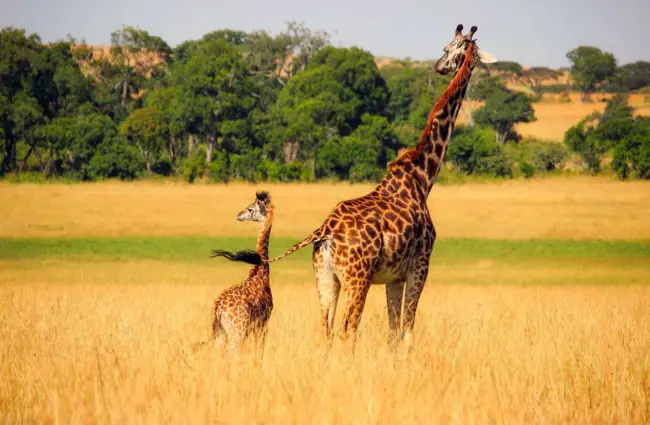
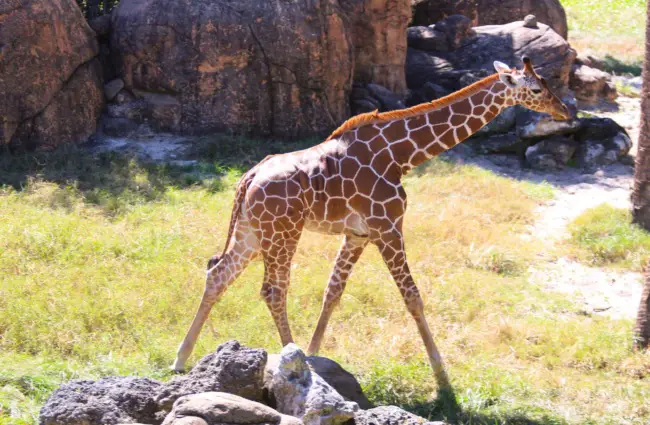

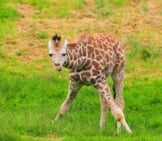
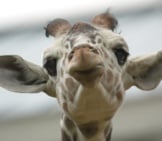

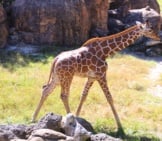


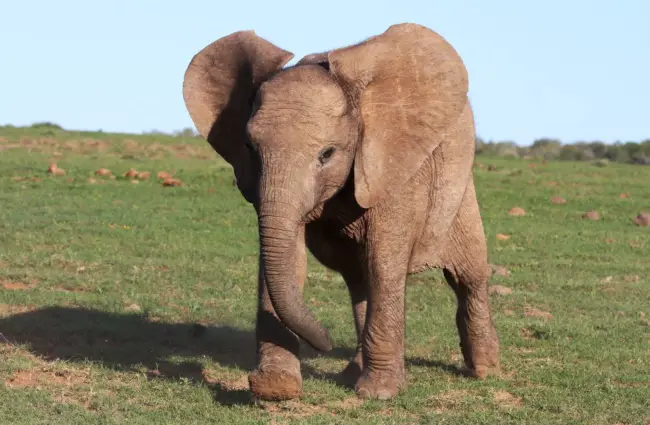
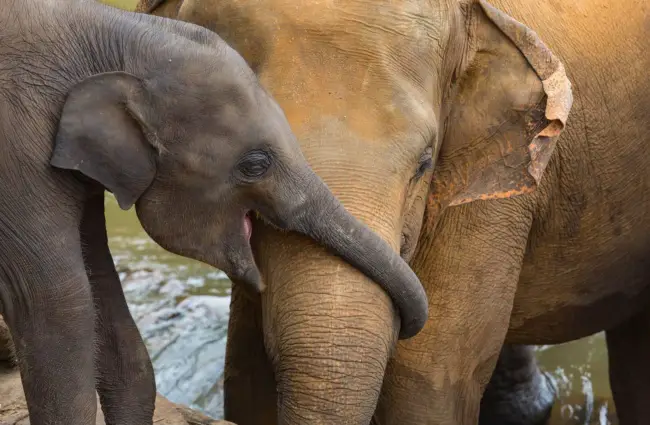



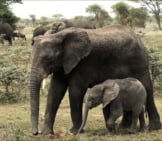
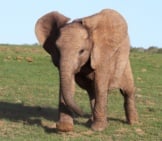
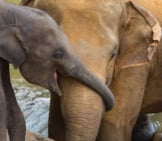
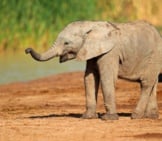
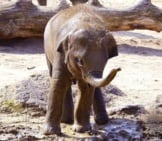
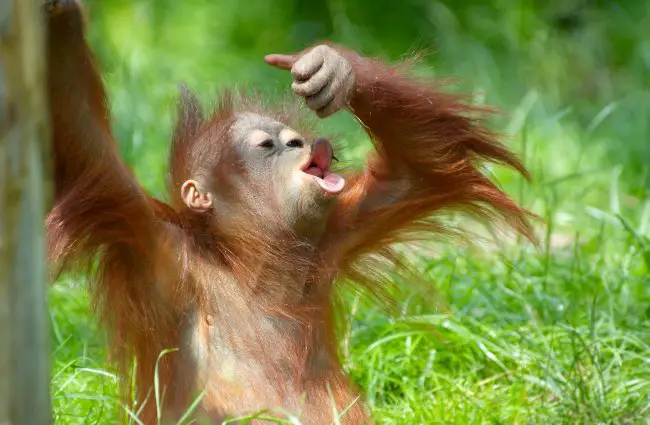


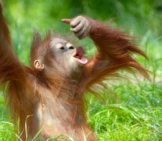
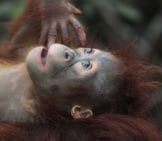
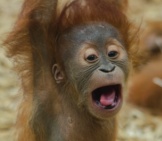
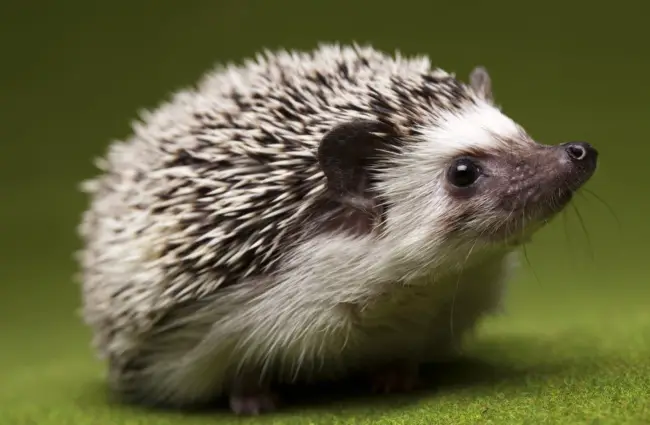
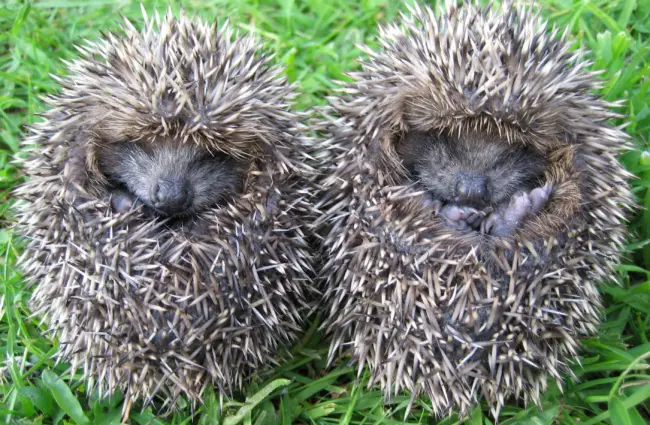
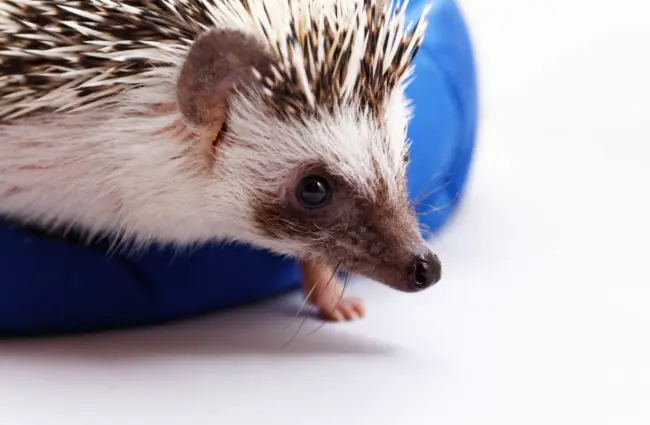
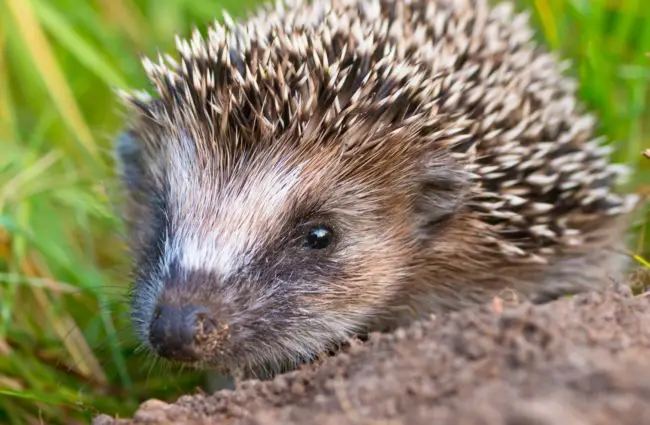

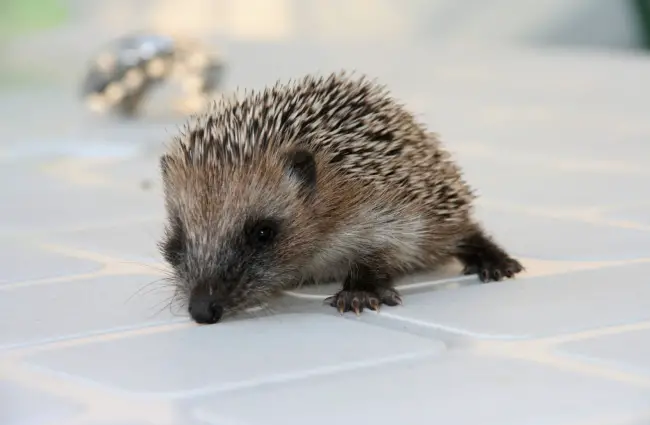
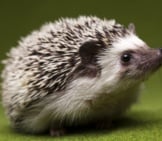
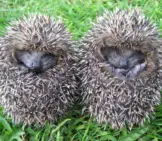
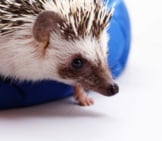

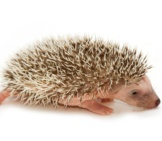

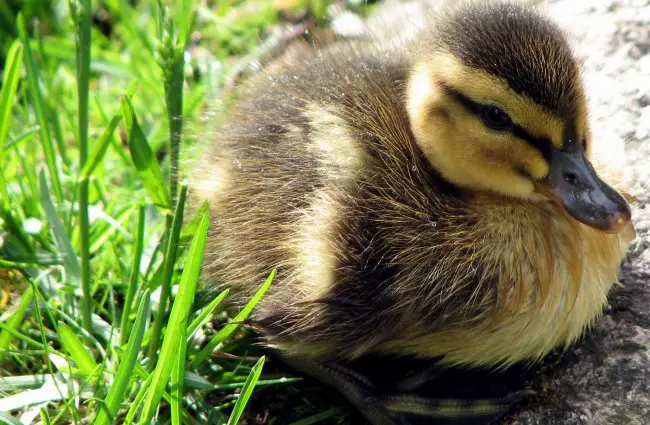
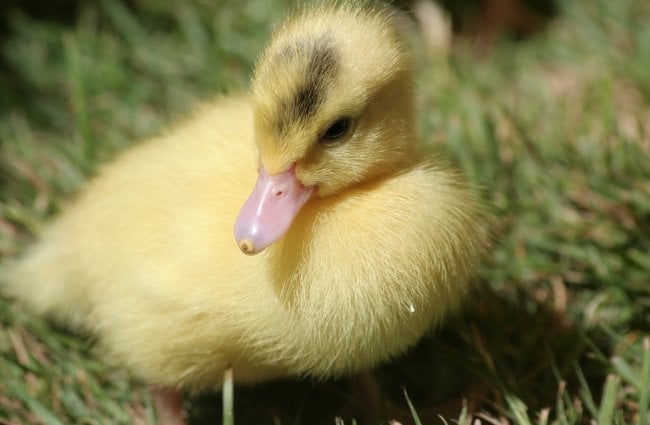
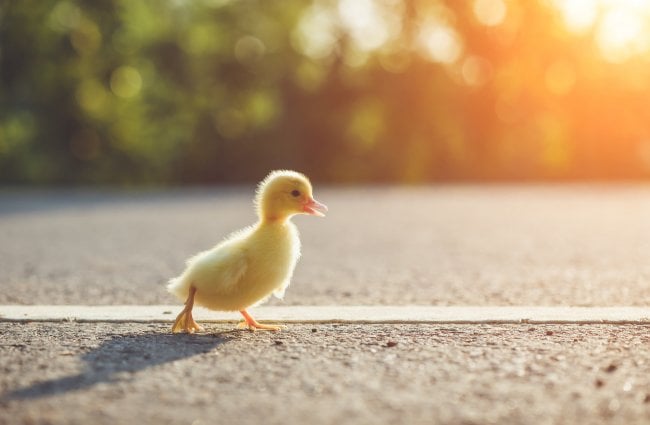
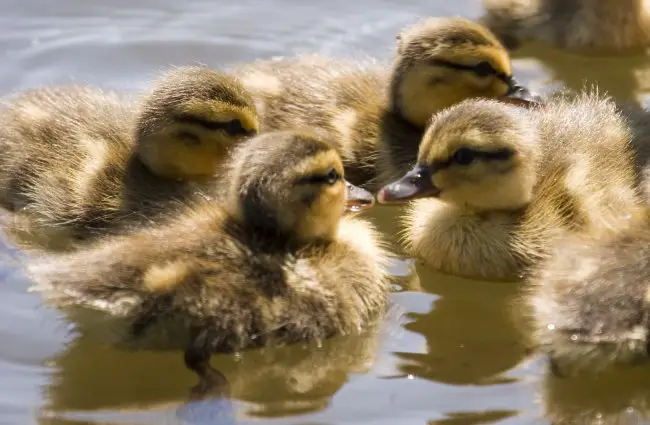
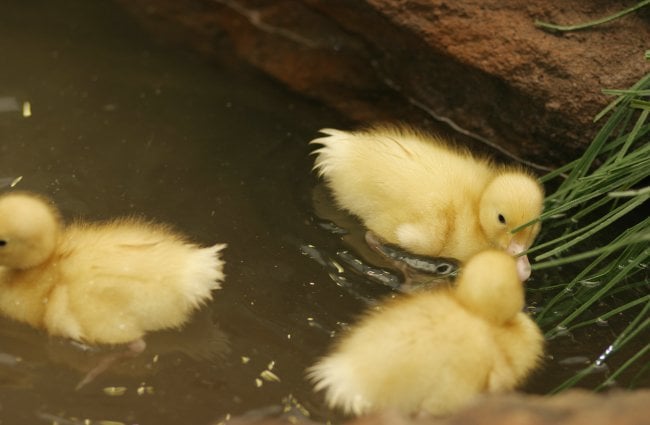
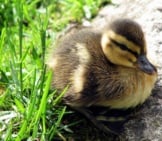
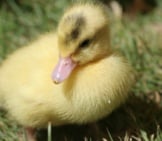

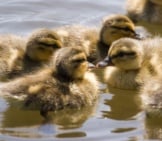
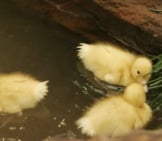

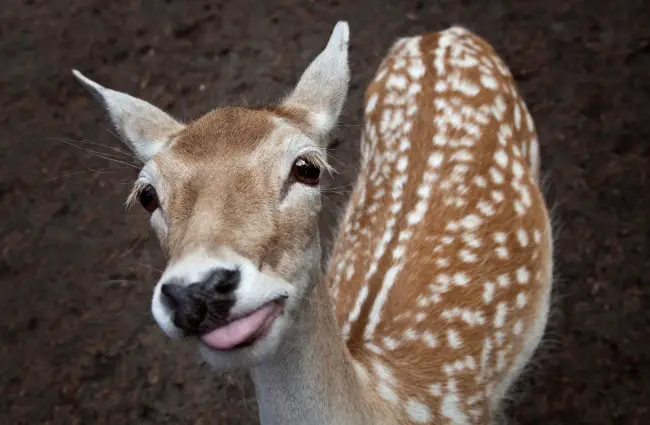

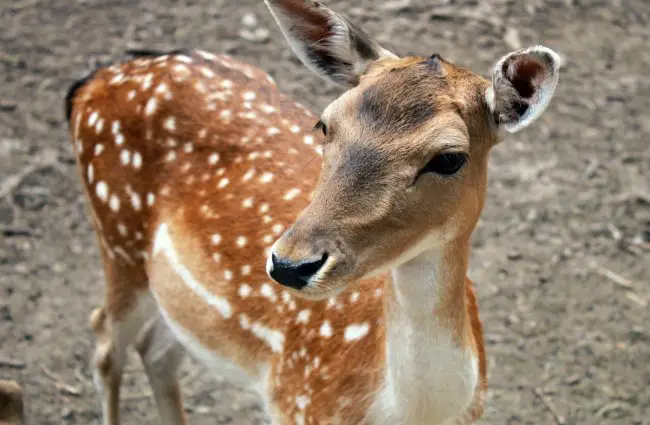
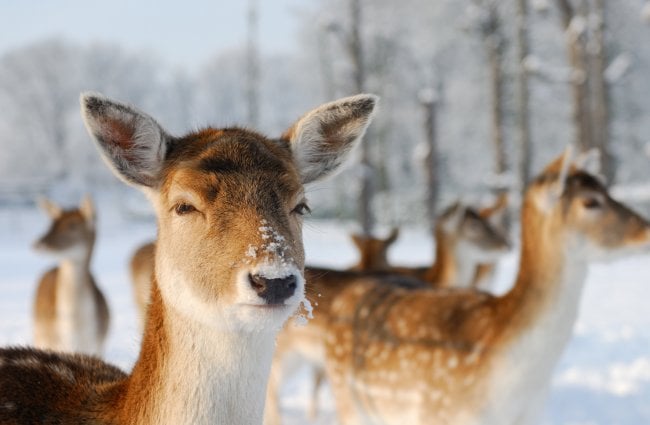
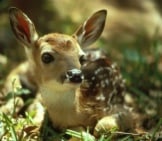

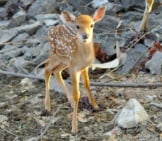
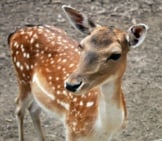
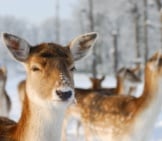

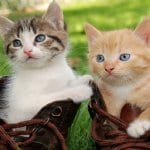
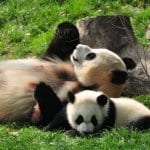

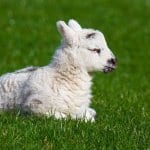
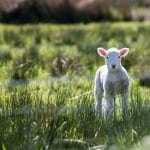

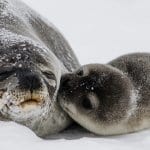
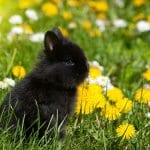
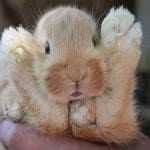


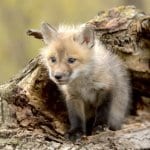
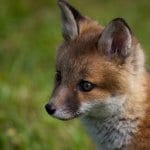

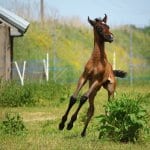

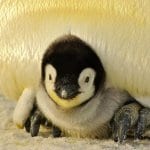
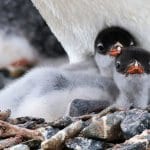
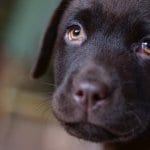

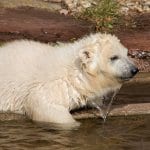



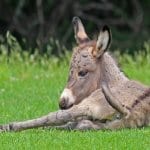
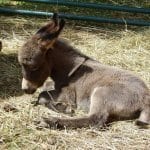


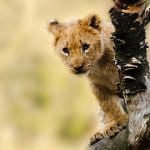
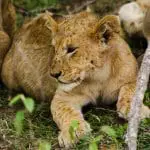
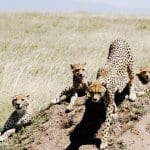
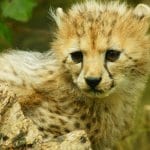
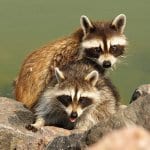
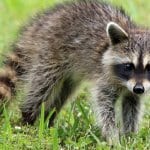
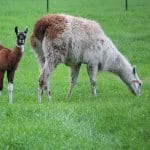
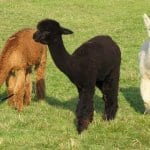
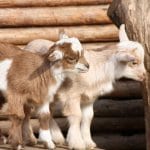




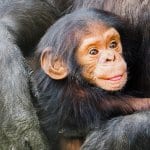

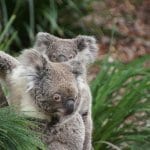

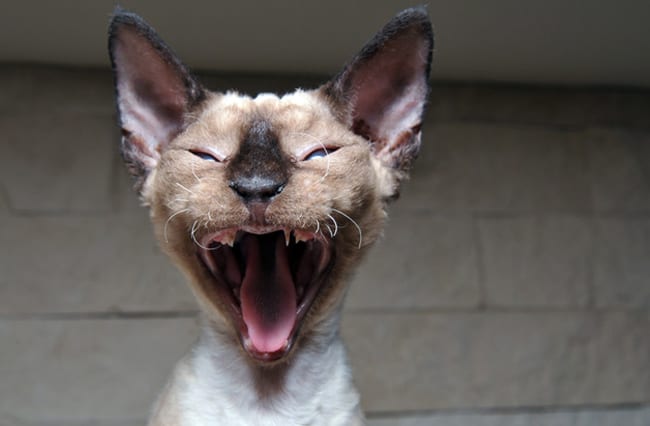
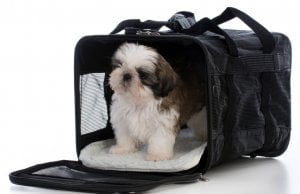
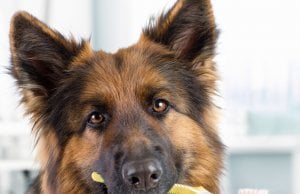
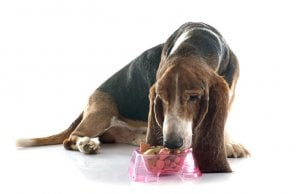
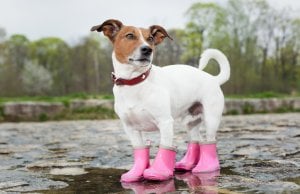



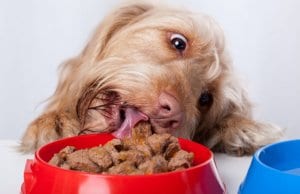
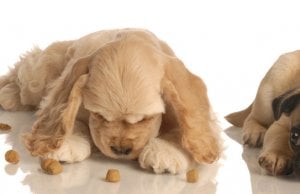
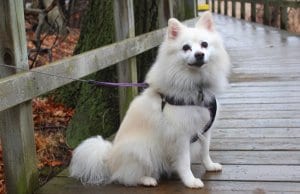
![Red Angus Closeup of a beautiful Red Angus cowPhoto by: U.S. Department of Agriculture [pubic domain]https://creativecommons.org/licenses/by/2.0/](https://animals.net/wp-content/uploads/2020/03/Red-Angus-4-100x75.jpg)

